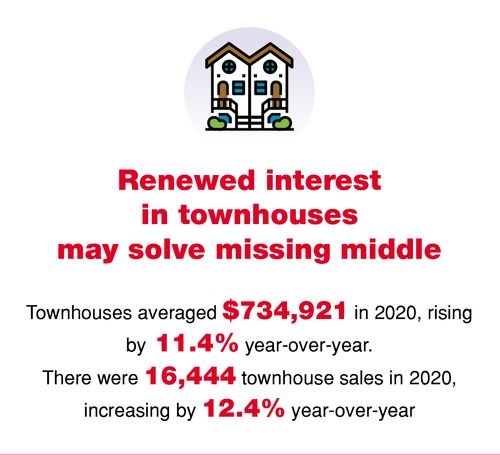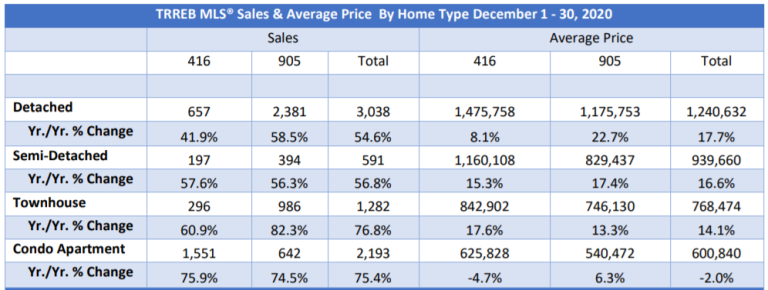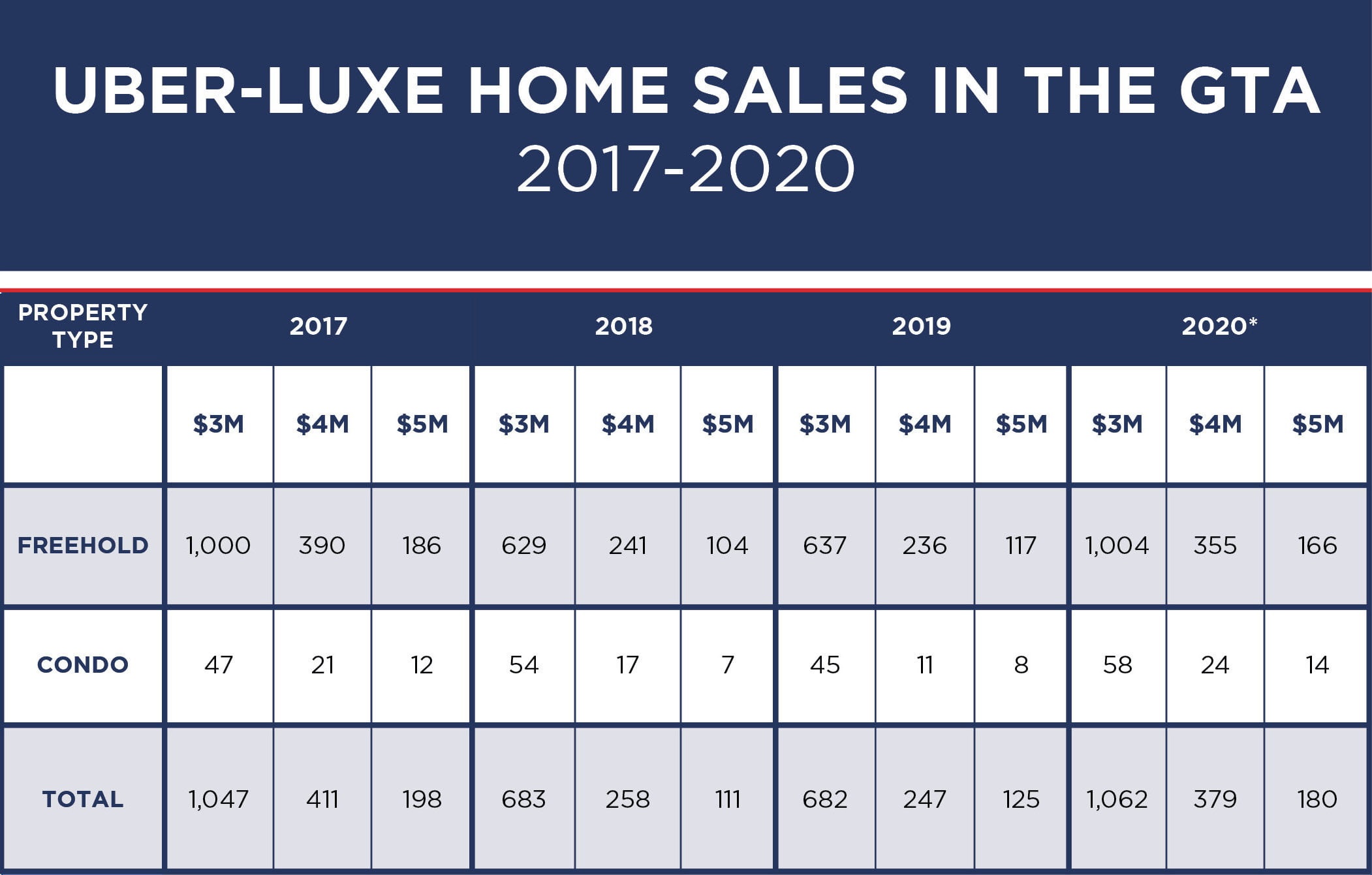Hong Kong has stated that residents are not entitled to consular protection unless they declare a change of nationality. Then they are no longer regarded as Chinese citizens
Ottawa is growing increasingly concerned about the rights of 300,000 Canadian citizens in Hong Kong, after the territory’s government declared that dual citizens must choose the nationality they wish to maintain.
“Canada is aware of the Hong Kong government’s decision to require dual nationals to declare the nationality they wish to legally maintain while in Hong Kong,” said spokesperson John Babcock. “At this moment, we understand that this policy predominantly affects dual nationals serving prison sentences in Hong Kong. Canada has expressed its concern to the Hong Kong government about the possible loss of consular access that this change implies.”
China doesn’t recognize dual nationals under its Nationality Law and Hong Kong residents of Chinese descent are regarded as Chinese citizens. The Hong Kong government has stated that residents, around 300,000 of whom hold Canadian passports, are not entitled to consular protection unless they make a declaration of change of nationality. If that process is successful, they are no longer regarded as Chinese citizens – but it may affect their right of abode in Hong Kong, which allows people to live and work in the territory without restrictions. Foreign nationals can only acquire right of abode after a seven years residency requirement, which gives them the right to vote but not hold a territorial passport or stand for office.
“This is another important development potentially because it looks as if China is now applying its citizenship law to Hong Kong and forcing people to declare who they are,” said Guy Saint-Jacques, a former Canadian ambassador in Beijing. “It is something that will have to be watched.”
He pointed out that the Vienna Convention on consular relations stipulates that if you enter a country using one nation’s travel documents, you cannot claim citizenship of another country. If dual citizens entered the territory using a Hong Kong or Chinese passport, it may affect their claim on Canadian citizenship, Saint-Jacques said.
The ramifications of loss of Canadian citizenship are huge for those on the wrong side of the law, said Margaret McCuaig-Johnston, senior fellow at the Institute for Science, Society and Policy at the University of Ottawa. Ultimately, aside from the possible loss of consular access, dual citizens might be prevented from leaving Hong Kong, she said.
MORE ON THIS TOPIC
The experience of dual citizens in mainland China offers an indication of what may be in store for Hong Kongers. Three Chinese-born Canadian citizens have been sentenced to death in the past two years for drug offences and their names are rarely raised by Canada. “It’s very likely that the Chinese government has instructed the families and embassy not to name them publicly, as Canadian citizenship is not recognized and the prisoners themselves may have renounced it under duress,” said McCuaig-Johnston.
That happened in the case of Sun Qian, a Canadian citizen who was given eight years in prison for being a Falun Gong practitioner. News reports said she renounced her citizenship in the process. Former justice minister Irwin Cotler said she should still be regarded as a Canadian and accused the Chinese of securing a false confession.
Global Affairs spokesperson Babock said Canada’s consular general in Hong Kong is seeking additional information from local authorities about the potential impact of this latest change.
The suspicion is that it is designed to weaken links between dual citizens and their adopted countries.
Britain will start accepting applications from people with British National (Overseas) status this week. BN(O) passport holders include 5.4 million Hong Kongers, who will soon be eligible to move to the U.K. and apply for citizenship after six years.
Such moves have led to calls of retaliation by a growing chorus of Chinese academics and politicians. Calls for curbs on dual citizenship, include the demand that those who obtain foreign nationality should be stripped of right of abode.
Regina Ip, a former security chief for the territory, said earlier this month that Beijing should end its special treatment of Hong Kongers and impose its own nationality laws.
This followed just days after 50 of the territory’s most prominent democracy activists were arrested and accused of trying to overthrow the government, in the biggest crackdown since China imposed its security law last summer.
The sheer size of the diaspora in the territory has put Canada at the centre of the citizenship debate.
Tens of thousands of Hong Kong-born immigrants landed in Vancouver after the 1997 handover from Britain and while many returned home, they retained Canadian citizenship.
Canada should have an evacuation plan, just in case
Since the crackdown started, Canada has accepted a number of asylum-seekers fleeing arrest, prompting the Chinese ambassador in Ottawa, Cong Peiwu, to warn that receiving “violent criminals” could jeopardize the “health and safety” of the 300,000 Canadian passport holders in the Hong Kong.
For now, those people are free to leave. In an interview with the National Post last summer, Cong re-affirmed the right of exit, saying it is up to Canadian passport holders whether they stay or go.
But Avvy Go, director of Toronto’s Chinese and South-east Asian legal clinic, said there has been a pattern of China not recognizing foreign citizens, “particularly when it suits their purpose”.
“Canada should have an evacuation plan, just in case” China introduces exit controls, she said.








 Maziar Moini, Broker of Record - Home Leader Realty Inc.
300 Richmond St. W., #300, Toronto, ON M5V-1X2
Maziar Moini, Broker of Record - Home Leader Realty Inc.
300 Richmond St. W., #300, Toronto, ON M5V-1X2

